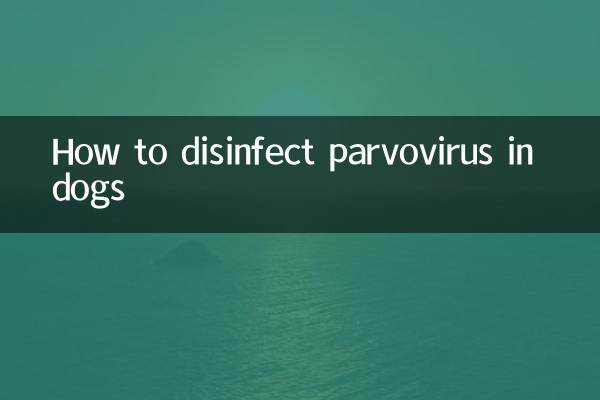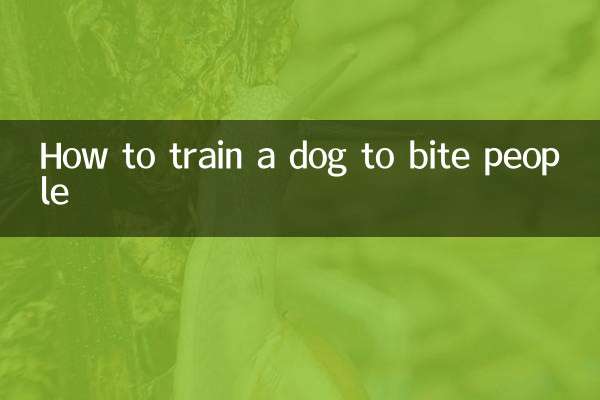How to disinfect parvovirus in dogs
Recently, the topic of pet health has continued to heat up on social media, especially the prevention and treatment and disinfection methods of dog parvovirus have become the focus of hot discussion. Permia is a highly contagious virus that is extremely harmful to puppies, so proper disinfection measures are crucial. This article will introduce you in detail how to effectively disinfect and attach relevant data references.
1. The transmission route of parvovirus

The parvovirus is mainly transmitted through direct contact with the infected dog's feces, vomit or contaminated environment. The virus survives in the environment for a long time and can last for several months, so disinfection is the key to prevention.
| Spreads | Time of survival |
|---|---|
| stool | 5-7 months |
| Vomiting | 3-5 months |
| contaminated items | 2-6 months |
2. Disinfection method
For parvoviruses, the following disinfection methods have been proven to be effective:
| Disinfectant | concentration | How to use |
|---|---|---|
| Bleach | 1:32 dilution | Spray or wipe the contaminated surface for 10 minutes |
| Quaternary ammonium salts | Follow the instructions | Suitable for fabrics and hard surfaces |
| Potassium bisulfate | 1:100 dilution | Highly efficient antivirus, can be used for large-scale environmental disinfection |
3. Disinfection steps
1.Clean up pollutants: First remove all visible feces, vomit, etc., and use disposable gloves and masks.
2.Preprocessing: Soak the contaminated area with disinfectant for 10 minutes to ensure that the virus is fully exposed.
3.Clean thoroughly: Use hot water and soap to clean all surfaces, especially areas that dogs often come into contact with.
4.Secondary disinfection: Completely disinfect the environment according to the above-mentioned disinfectant selection.
4. Things to note
- Ensure the environment is ventilated during disinfection and prevent people and pets from inhaling harmful gases.
- Wipe with clean water after disinfection to avoid the residual disinfectant from causing harm to the pet.
- Repeated disinfection: parvovirus has strong resistance and it is recommended to disinfect continuously for at least 7 days.
V. Preventive measures
In addition to disinfection, the key to preventing parvoviruses include:
-Vaccination: Make sure that dogs are vaccinated with parvovirus vaccine on time.
-Isolated sick dog: If there is an infected dog at home, it is necessary to isolate immediately and disinfect the environment strictly.
-Regular inspections: The puppies have low immunity and need regular physical examinations and keep the environment clean.
Through the above measures, the risk of dogs being infected with parvovirus can be effectively reduced. If you have any questions, it is recommended to consult a veterinarian in time.

check the details

check the details